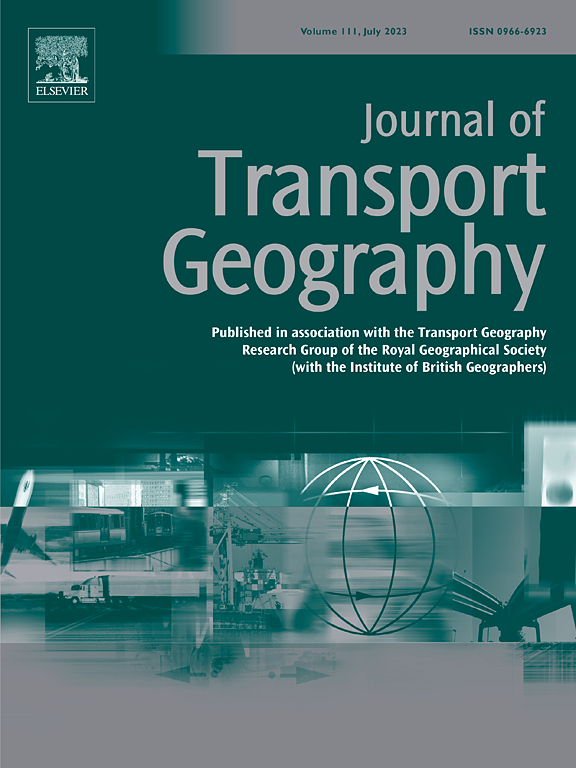An analysis of the symmetric and asymmetric relationship between road traffic casualties and economic development of Ghana
IF 5.7
2区 工程技术
Q1 ECONOMICS
引用次数: 0
Abstract
This study investigates the symmetric and asymmetric relationship between road traffic casualties (RTCs) and economic development in Ghana, applying both Autoregressive Distributed Lag (ARDL) and Nonlinear ARDL (NARDL) models. Using 33 years of data (1991–2023), the research explores how key economic factors—GDP per capita, government spending, capital, and population—affect road traffic fatalities (RTF) and injuries (RTI). The results show a significant inverse long-term relationship between GDP per capita and RTCs, indicating that sustained economic growth reduces fatalities and injuries. However, short-run dynamics reveal an initial rise in RTCs as economic activity expands, driven by increased mobility and vehicle ownership, before road safety interventions take effect. Population growth consistently exerts upward pressure on RTCs in both the short and long run, reflecting the strain of rapid urbanization on road infrastructure. Government spending and capital positively impact road safety only when specifically directed toward targeted road safety interventions such as infrastructure improvements, public awareness campaigns, or law enforcement enhancements. The findings support the Kuznets curve theory, suggesting that road traffic casualties initially increase during the early stages of economic development but decline as growth continues and safety measures improve. Policymakers are urged to prioritize targeted investments in road safety infrastructure and ensure that safety measures keep pace with economic and demographic changes to mitigate short-term risks while realizing long-term benefits.
求助全文
约1分钟内获得全文
求助全文
来源期刊

Journal of Transport Geography
Multiple-
CiteScore
11.50
自引率
11.50%
发文量
197
期刊介绍:
A major resurgence has occurred in transport geography in the wake of political and policy changes, huge transport infrastructure projects and responses to urban traffic congestion. The Journal of Transport Geography provides a central focus for developments in this rapidly expanding sub-discipline.
 求助内容:
求助内容: 应助结果提醒方式:
应助结果提醒方式:


